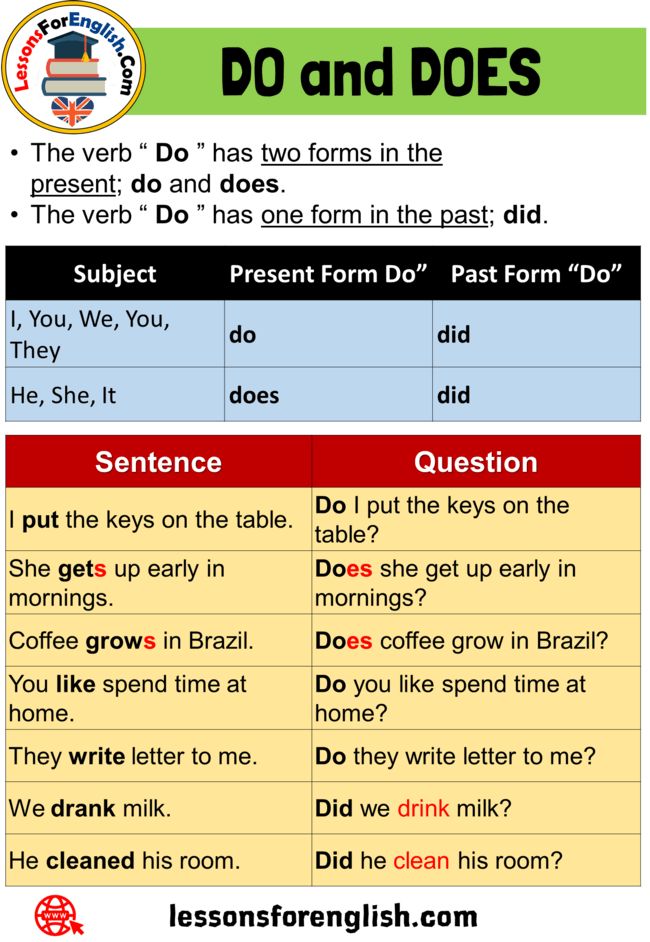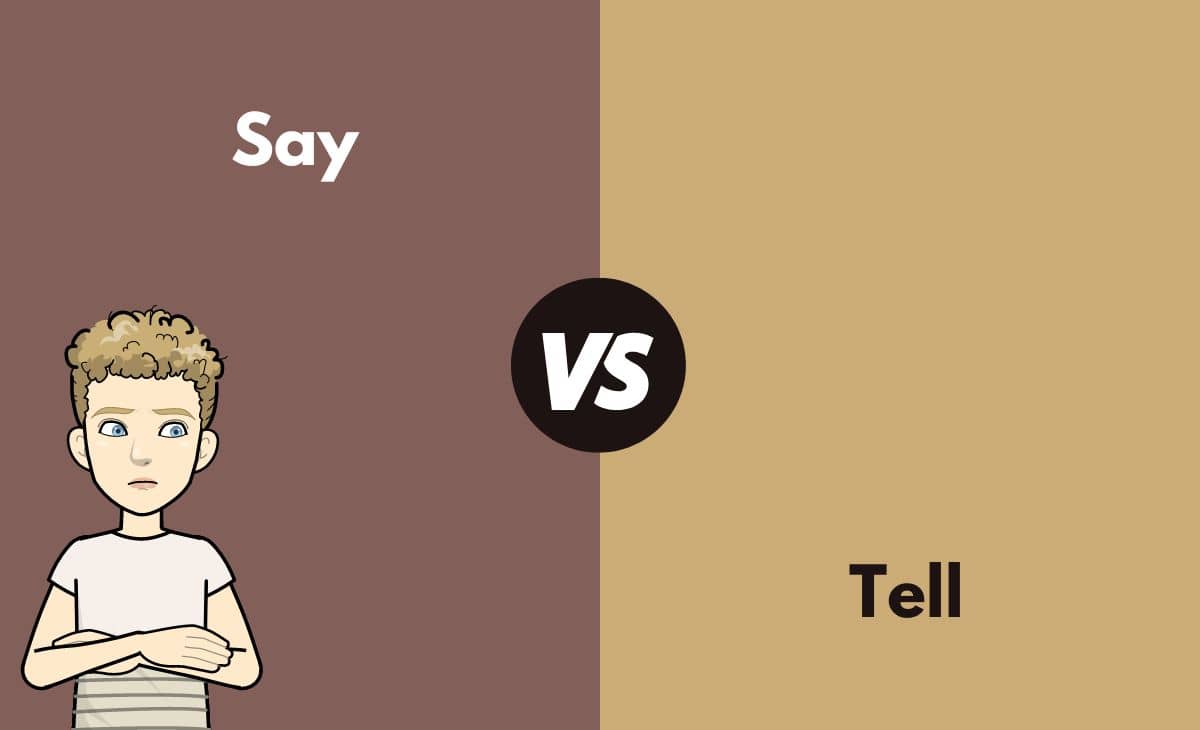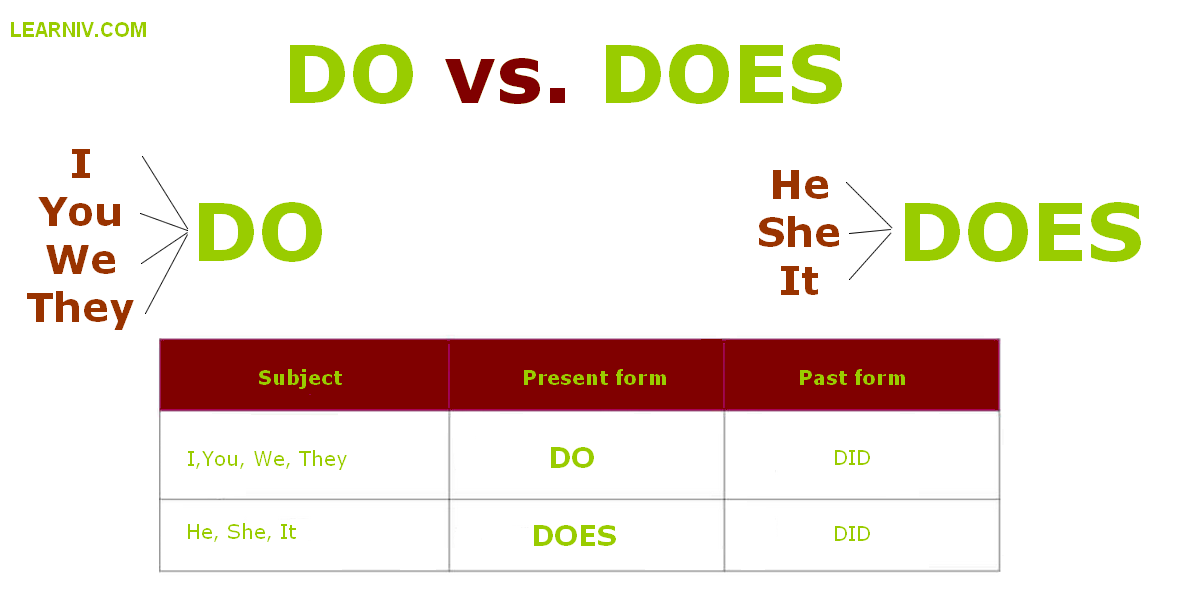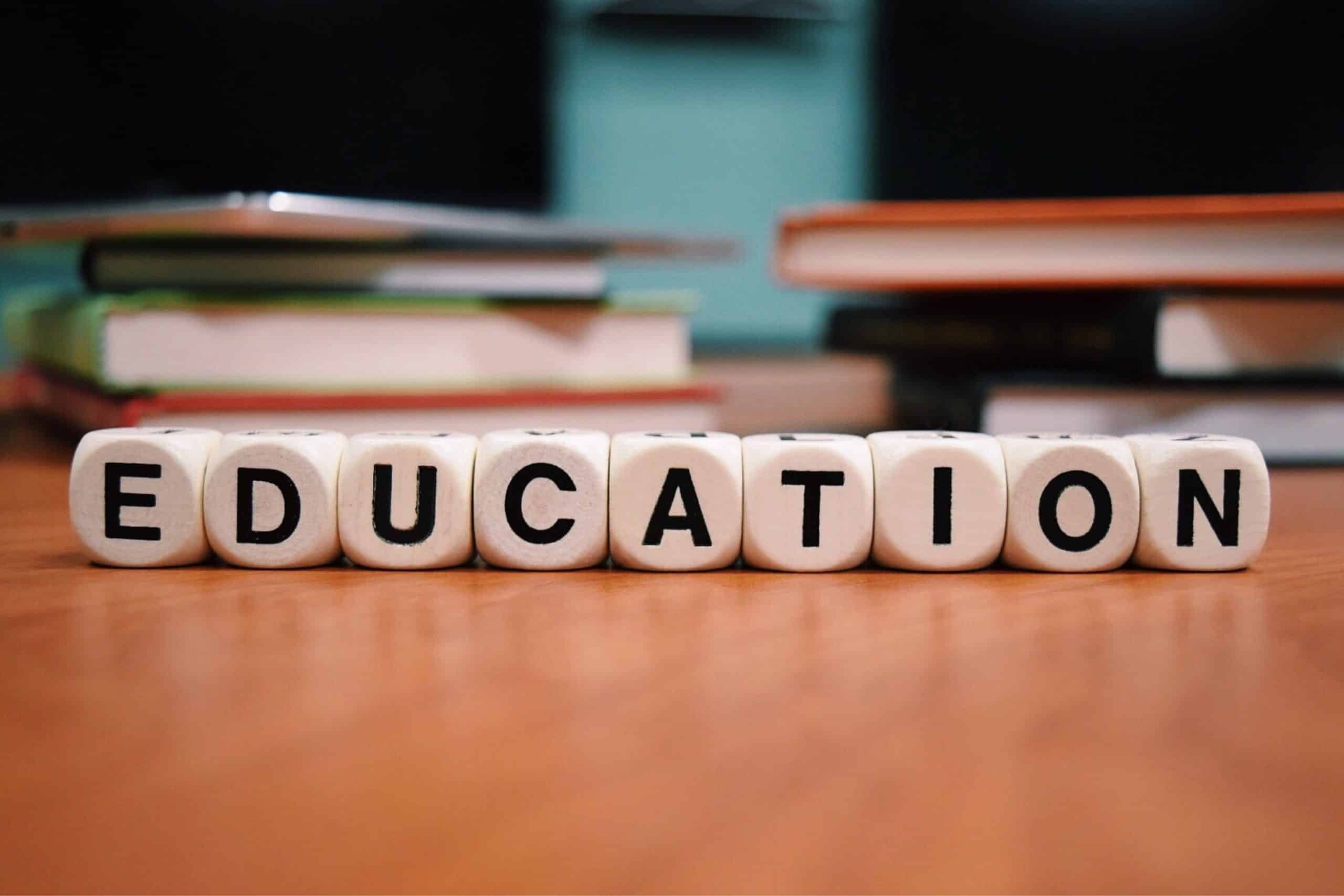Understanding Secondary Education Degrees: Pathways, Opportunities, and Next Steps
What Is a Secondary Education Degree?
A secondary education degree is an academic credential designed to prepare individuals for teaching students in middle and high school, typically covering grades 6 through 12. This degree equips future educators with the pedagogical skills, content knowledge, and practical experience needed to lead classrooms and support adolescent learners. The degree is suited for those who wish to specialize in teaching specific subjects, such as mathematics, sciences, English, languages, or social studies, and who are passionate about making an impact during a formative stage in students’ lives [1] .
Types of Secondary Education Degrees
There are several pathways to earning a secondary education degree, each with distinct academic and licensure outcomes:
- Bachelor of Education (B.Ed.) in Secondary Education: This four-year program provides foundational coursework in education, subject-area specialization, and extensive student teaching experience. Graduates are typically eligible for initial teacher licensure in their state upon completion [4] .
- Bachelor of Science (B.S.) or Bachelor of Arts (B.A.) in Secondary Education: Some institutions offer these programs, which combine rigorous content-area study with educational theory and practice. In many cases, students double major or take significant coursework in their chosen teaching field [3] .
- Master’s Degree in Secondary Education: For individuals who already hold a bachelor’s degree in a non-education field, a master’s program offers a pathway to licensure and advanced educational training. These programs often include both pedagogical coursework and supervised teaching placements [3] .
Alternative certification programs may also be available for those seeking a non-traditional route to teaching, typically designed for career-changers or those who already possess a degree in another field.
Core Components and Curriculum
The curriculum for a secondary education degree is carefully structured to balance theory and practice. Key elements include:

Source: mwcc.edu
- General Education Core: Foundational coursework in humanities, sciences, mathematics, and social sciences ensures breadth of knowledge [1] .
- Professional Studies: These courses cover classroom management, assessment strategies, educational psychology, diversity and inclusion, and instructional technology. A minimum grade point average is often required in these areas to progress [1] .
- Subject Area Specialization: Students select a major or concentration area, such as mathematics, English, history, biology, or a foreign language, and complete upper-level coursework in that field [5] .
- Field Experience and Student Teaching: Practical placements in secondary schools are a cornerstone of the program, providing hands-on teaching practice under the supervision of experienced educators [4] .
Most programs require at least 120 semester hours of coursework and practical training to graduate. Some universities also mandate a writing assessment, an interview, and additional coursework in U.S. and global citizenship [1] .
Licensure and Certification
To teach in U.S. public secondary schools, graduates must obtain a state teaching license. The licensure process typically involves:
- Completing a state-approved teacher preparation program.
- Passing required state exams (such as Praxis or state-specific assessments).
- Completing supervised student teaching or internship experiences.
- Fulfilling background check and other administrative requirements [4] .
Licensure requirements vary by state, so it is essential to consult your state’s department of education for up-to-date information. Some states require teachers to earn a master’s degree within a set period after beginning their career [2] .
Specializations and Subject Areas
Secondary education programs offer a wide range of subject specializations, allowing graduates to teach in areas where they have both expertise and interest. Common teaching fields include:
- English Language Arts
- Mathematics
- Sciences (Biology, Chemistry, Physics, Earth Science)
- Social Studies (History, Geography, Political Science)
- World Languages (Spanish, French, German, Latin, etc.)
- Music, Art, and other electives [4] .
Many programs allow for dual certification or endorsements in multiple subject areas, enhancing graduates’ employment flexibility and career prospects.
Career Opportunities and Outcomes
A degree in secondary education typically leads to teaching positions in middle schools and high schools, both public and private. With additional education and experience, graduates can pursue roles such as:
- Department chair or curriculum coordinator
- Instructional coach or mentor teacher
- School administrator
- Educational consultant
- Online educator or curriculum developer [2]
According to the U.S. Bureau of Labor Statistics, job prospects for high school teachers remain steady, with median annual wages and job growth reflecting the ongoing demand for qualified educators . Many teachers find the work highly rewarding, citing the opportunity to shape young minds and contribute to their communities.
How to Start Your Journey: Step-by-Step Guidance
For those interested in pursuing a secondary education degree, the following steps provide a roadmap:
- Research Accredited Programs: Begin by identifying colleges or universities with accredited education programs. Use resources like your state’s department of education to verify program approval.
- Review Admission Requirements: These may include a minimum GPA, prerequisite coursework, standardized test scores, a personal statement, and an interview [1] .
- Select a Teaching Subject: Choose a subject area based on your interests and strengths. Ensure the program offers certification in your preferred field [5] .
- Complete General Education and Professional Coursework: Follow your institution’s recommended course sequence, balancing content-area study with pedagogy and classroom management courses.
- Gain Field Experience: Participate in school placements and student teaching opportunities to build practical skills and professional networks.
- Apply for Licensure: After graduation, complete all state testing and application steps for your teaching license. Additional requirements may include background checks or fingerprinting.
For personalized guidance, contact the admissions or academic advising office at your institution, or consult your state’s department of education for approved program lists and licensure information.
Potential Challenges and Solutions
Pursuing a secondary education degree can present several challenges, including balancing rigorous coursework, developing classroom management skills, and navigating licensure requirements. Solutions include seeking academic advising, utilizing campus support services, joining education-focused student organizations, and networking with experienced teachers during field placements. Many programs offer mentorship or peer-learning opportunities to further support new educators.
Alternative Pathways and Continuing Education
Alternative certification programs may be available for those who already hold a bachelor’s degree in another field or for career-changers. These programs often offer accelerated coursework and intensive field experiences. Additionally, many educators pursue graduate degrees for career advancement or specialization, such as curriculum development, educational leadership, or special education [3] .

Source: elms.edu
Key Takeaways
Secondary education degrees open the door to meaningful teaching careers, offer opportunities for subject specialization, and provide a foundation for lifelong learning and advancement. By following a structured program and meeting licensure requirements, you can make a lasting impact in the classroom and beyond.
References
- [1] MWCC (2024). What Is a Secondary Education Degree?
- [2] University of Alabama (2025). Secondary Education, BSE.
- [3] University of Nevada, Reno (2020). Secondary Education Degrees.
- [4] University of Hawai’i at MÄnoa (2025). Bachelor in Secondary Education.
- [5] University of Iowa (2024). Secondary Education – Admissions.
- U.S. Bureau of Labor Statistics (2024). Occupational Outlook: High School Teachers.
MORE FROM todayhiring.us













